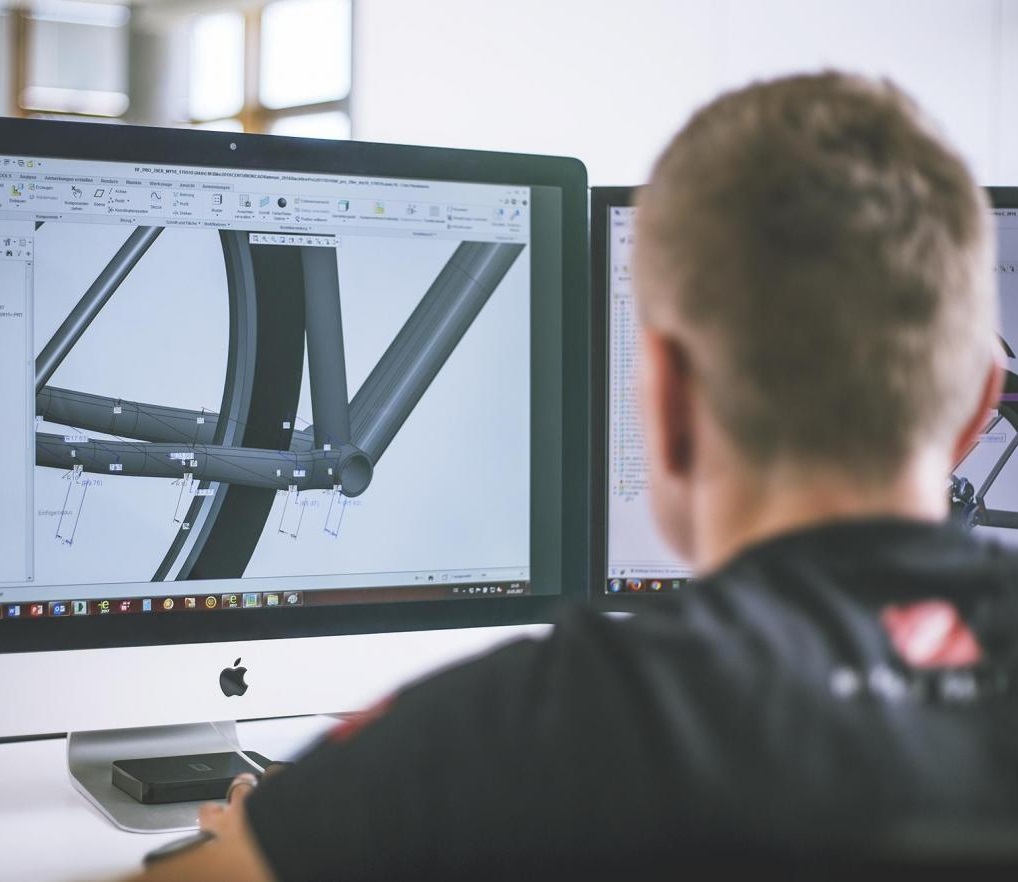Mountainbikes
.
- - 20 %
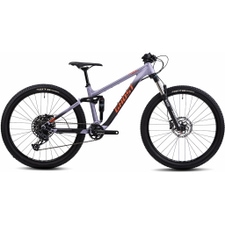 GhostRiot Youth Pro AL Mountainbike Purple Grey / Black / Monarch Orange / Matt KidsMSRP 1998,95 €1599,95 €Available Sizes:XS
GhostRiot Youth Pro AL Mountainbike Purple Grey / Black / Monarch Orange / Matt KidsMSRP 1998,95 €1599,95 €Available Sizes:XS - - 10 %new
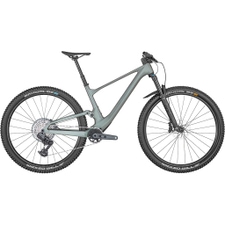 ScottSpark 920 TR Mountainbike Prism Grey Green GlossMSRP 5498,95 €4949,95 €Available Sizes:ML
ScottSpark 920 TR Mountainbike Prism Grey Green GlossMSRP 5498,95 €4949,95 €Available Sizes:ML
- - 20 %
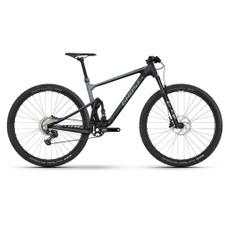 GhostLector FS SF Essential Mountainbike Carbon / Dark Grey - GlossyMSRP 4698,95 €3759,95 €Available Sizes:ML
GhostLector FS SF Essential Mountainbike Carbon / Dark Grey - GlossyMSRP 4698,95 €3759,95 €Available Sizes:ML - - 20 %
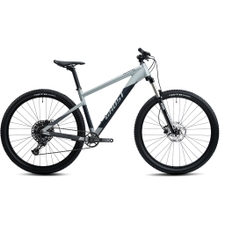 GhostNirvana Tour SF Mountainbike Light Grey Pearl / Dark Grey - GlossyMSRP 1398,95 €1119,95 €Available Sizes:L
GhostNirvana Tour SF Mountainbike Light Grey Pearl / Dark Grey - GlossyMSRP 1398,95 €1119,95 €Available Sizes:L - - 15 %new
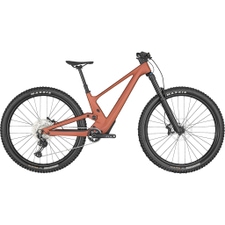 ScottContessa Genius 920 Mountainbike Marsala Pink WomenMSRP 4498,95 €3824,95 €Available Sizes:SM
ScottContessa Genius 920 Mountainbike Marsala Pink WomenMSRP 4498,95 €3824,95 €Available Sizes:SM
- - 10 %new
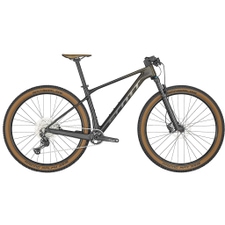 ScottScale 925 Mountainbike Raw Carbon / Yellow Flakes / ChromeMSRP 2398,95 €2159,95 €Available Sizes:MLXL
ScottScale 925 Mountainbike Raw Carbon / Yellow Flakes / ChromeMSRP 2398,95 €2159,95 €Available Sizes:MLXL - - 10 %new
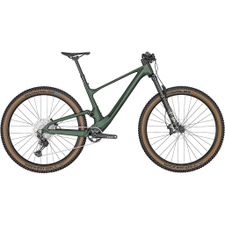 ScottSpark 930 Mountainbike Wakame Green / Chandon BeigeMSRP 4298,95 €3869,95 €Available Sizes:ML
ScottSpark 930 Mountainbike Wakame Green / Chandon BeigeMSRP 4298,95 €3869,95 €Available Sizes:ML
- - 11 %new
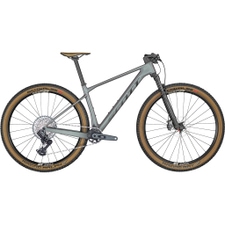 ScottScale RC Team Issue TR Mountainbike Mineral Green / BlackMSRP 4498,95 €3999,95 €Available Sizes:ML
ScottScale RC Team Issue TR Mountainbike Mineral Green / BlackMSRP 4498,95 €3999,95 €Available Sizes:ML - - 11 %new
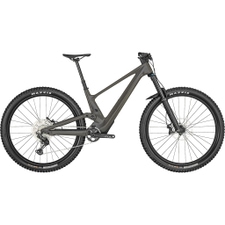 ScottGenius 920 Mountainbike Raw Carbon Gloss / Brushed SilverMSRP 4498,95 €3999,95 €Available Sizes:ML
ScottGenius 920 Mountainbike Raw Carbon Gloss / Brushed SilverMSRP 4498,95 €3999,95 €Available Sizes:ML
- - 11 %new
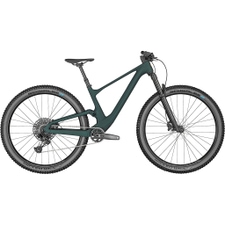 ScottContessa Spark 920 Mountainbike Dark Petrol / Pink Brushed WomenMSRP 3798,95 €3399,95 €Available Sizes:SM
ScottContessa Spark 920 Mountainbike Dark Petrol / Pink Brushed WomenMSRP 3798,95 €3399,95 €Available Sizes:SM - - 10 %new
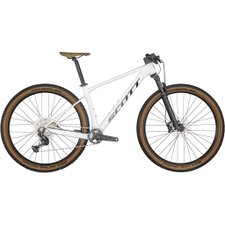 ScottScale 930 Mountainbike Pearl Snow White / BlackMSRP 1998,95 €1799,95 €Available Sizes:SM
ScottScale 930 Mountainbike Pearl Snow White / BlackMSRP 1998,95 €1799,95 €Available Sizes:SM



Are you familiar with the terms hardtail and fully? But when it comes to reach and stack your lack of knowledge is over? This guide will give you an overview and show you what you should look for when buying a mountain bike!
California or Colorado? Bored surfers or climbers? Who came up with it? To quote Joe Breeze, one of the 70s mountain bike pioneers:
"The evolution of the mountain bike consisted of many steps - there is no single inventor."
Close your eyes for a moment and assemble a mountain bike in your mind. Does it create a wild construct? We have the same idea!
The term "mountain bike" has become a catch-all for a wide variety of frame designs and geometries. Cross-country, all-mountain or enduro? You have no idea what is meant by this or want to learn more? Then you've come to the right place!
From tight switchbacks, steep ramps and technical downhills, no matter if you wear a flannel shirt in the bike park or a pressfit spandex dress - as long as you like to ride far away from finely paved bike routes and roads, the fun factor with mountain bikes will be guaranteed!
Don't worry! Steel frames and canti-levers are a thing of the past! Through the ongoing development, such as new material compositions and the know-how from past generations, modern mountain bikes benefit from precise riding characteristics, propulsion and a low weight.
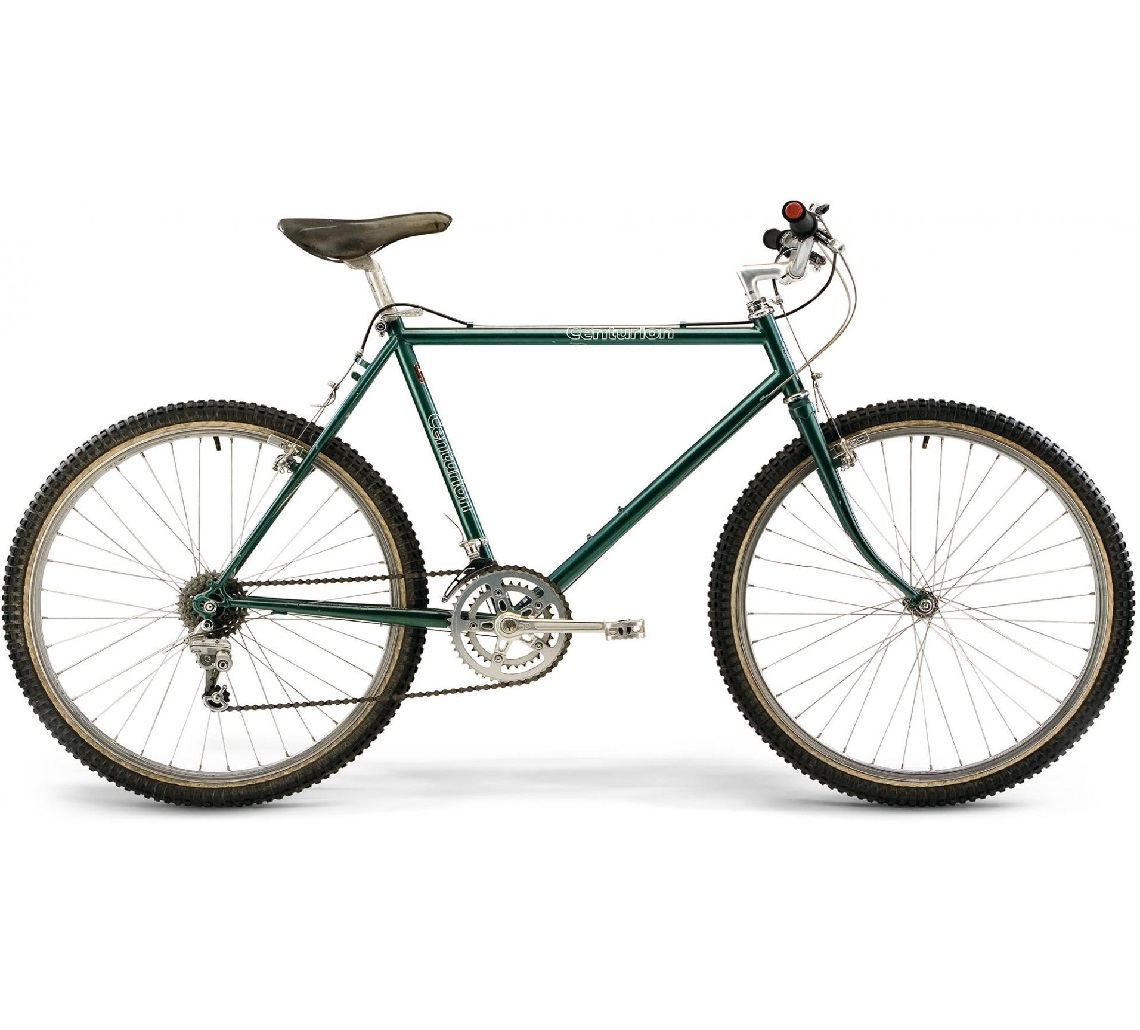
Spotlight: Types of mountain bikes
Fully or Hardtail?
First of all, sorry to all experts, but we have to clarify this question right away! This is not about a defined area of application or bike types, but simply about the construction of the frame. In detail, it is about the group's rear end and main frame. The rear end consists of the axle mount, chainstays and seatstays, and the main frame consists of the bottom bracket, seat tube, top tube, down tube and head tube.
On a hardtail, the rear end is permanently attached to the main frame. This means that when a force is applied to the axle mount, that energy is transmitted directly to the main frame. The frame weight is low due to the simple connection and the forward drive – the power transmission from pedal to wheel directly.
The full-suspension bike has the rear triangle connected to the main frame by pivots. These moving points ensure that when force is applied, the rear wheel axle can move independently of the main frame. In addition to absorbing shocks, traction is increased at the same time and the ride feels smoother.
What does this mean for your purchase? The choice of Fully or Hardtail plays a role in our categories only in the cross-country area. For long-distance use with many climbs and easy descents, the hardtail is certainly the better choice. On more technical downhills as well as uphills with a lot of drops and climbs, the Fully has a decisive advantage.
We only give a small orientation, the choice is up to you, your riding technique compensates a lot of travel!
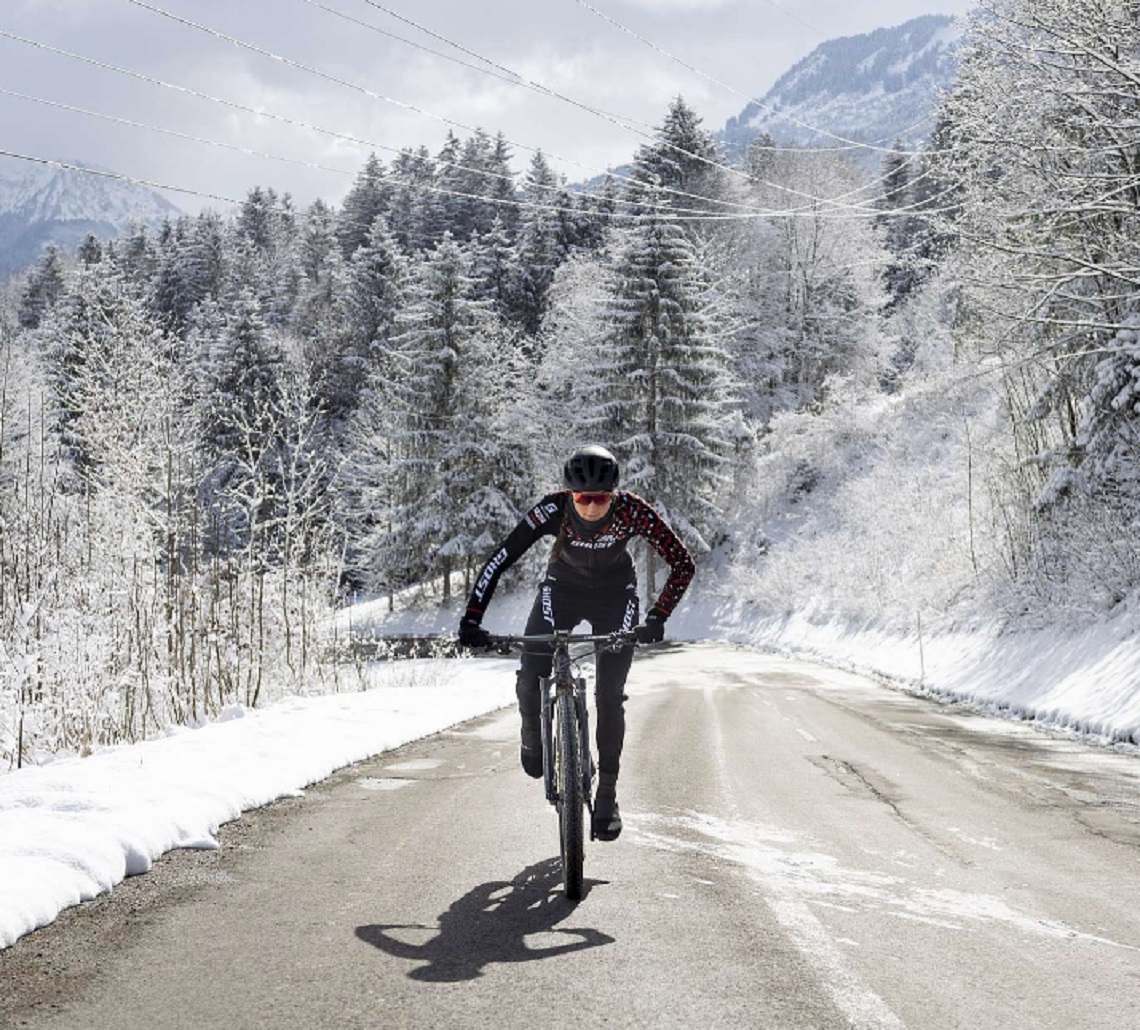
Cross-Country (Tour)
Whether for relaxed tours on fire- and bike roads or adventures on the mountain, with a cross country bike you are optimally equipped. With about 100 millimeters of travel and geometries for comfortable riding positions, these mountain bikes offer you a versatile range of uses and pleasant riding characteristics for all-day tours.
Cross-Country (Race)
Cross-country, for real! XC-Race mountain bikes differ from the standard versions (Tour), whether hardtail or fully, by a more offensive geometry and an optimized frame design. The geometry supports a sportier riding position, i.e. a greater saddle rise. The chainstays as well as the head tube are shorter, the top tube is slightly longer. Thetravel varies depending on the model and manufacturer from 100 to a maximum of 120 millimeters. If you want to sometimes win uphill sections on Strava, go for the XC race mountain bike.
Allmountain
With 120 to 150 millimeters of travel, all-mountain bikes offer enough reserve for decent trails as well as good characteristics for long climbs. You are planning an Alp-Cross with a high trail load? Then an all-mountain is ideal! The seat tube angle is similar to that of cross-country bikes. The head tube angle is slightly less steep in order to allow the suspension travel to be fitted and generate with the longer wheelbase a a smoother ride.
Enduro
You are in love with rough and technical trails? Do you like to ride full speed and don't want to care about the choice of lines? Then go for an enduro bike. 150 millimeters of suspension travel and more offer enough reserve for hard use. Even in the bike park, Enduro mountain bikes don't have to hide. The head tube angle is again less compared to all-mountain bikes to ensure maximum performance on steep slopes. The wheelbase is also increased to ensure smooth running at high speeds.
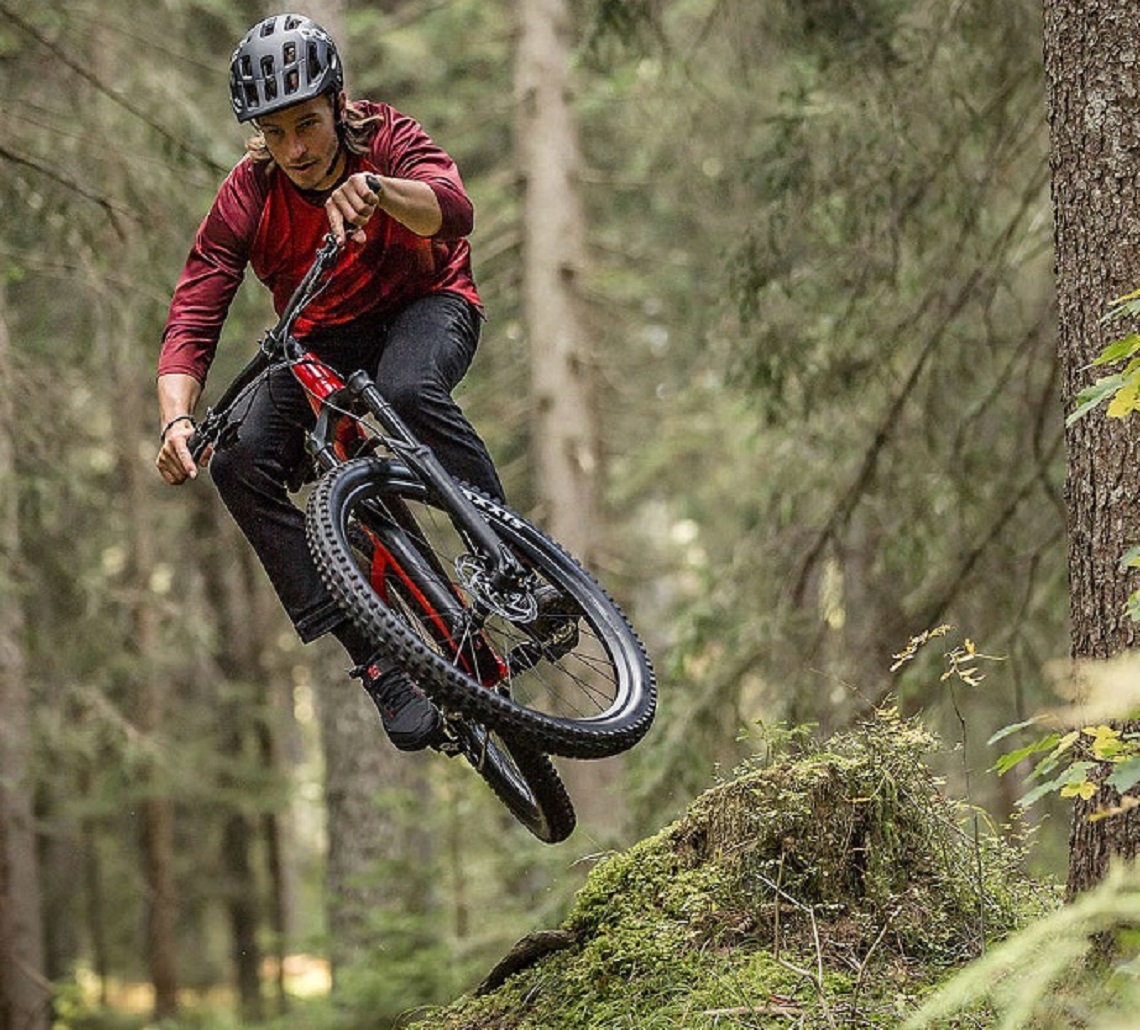
Fresh green!
Frame, wheels and co.
The frame size
So that the fun and your performance are guaranteed, you should definitely pay attention to the choice of the right frame size when buying a mountain bike. If you already have a bike with which you were satisfied, this can serve as a reference.
Basically, we refer to the manufacturer size charts. They match frame sizes with ranges of body size, which can overlap into each other. Ideally, you are exactly in the middle of a size range. Then the choice is almost clear. However, if you are exactly at the lower limit and know that you have slightly shorter legs, then already the small frame size may turn out to be more optimal.
The tire, wheel size and width
You have the choice between 27.5 and 29 inches. The "old" 26 inch dimension is almost used for children's and youth bikes, as well as dirt bikes. The advantage of 29 inch wheels is that they have significant advantages in rollover behavior and traction.
27.5 inch wheels are mainly used in the all-mountain and enduro segment and appeal to riders who place value on very high maneuverability. The gap between the two sizes is closed by a wheel mix. "Mullet" refers to the combination of 29 inches on the fork and 27.5 inches on the rear and offers a high degree of smoothness, traction, and maneuverability.
Depending on the area of use, the tires on cross-country hardtails and fullys come in 2.25 to a maximum of 2.3 inches wide, which corresponds to about 58 millimeters. For all-mountain and enduro bikes, it is about 2.5 inches (64 millimeters). Because of tire clearance, make sure that the tires have the same width when you buy them.
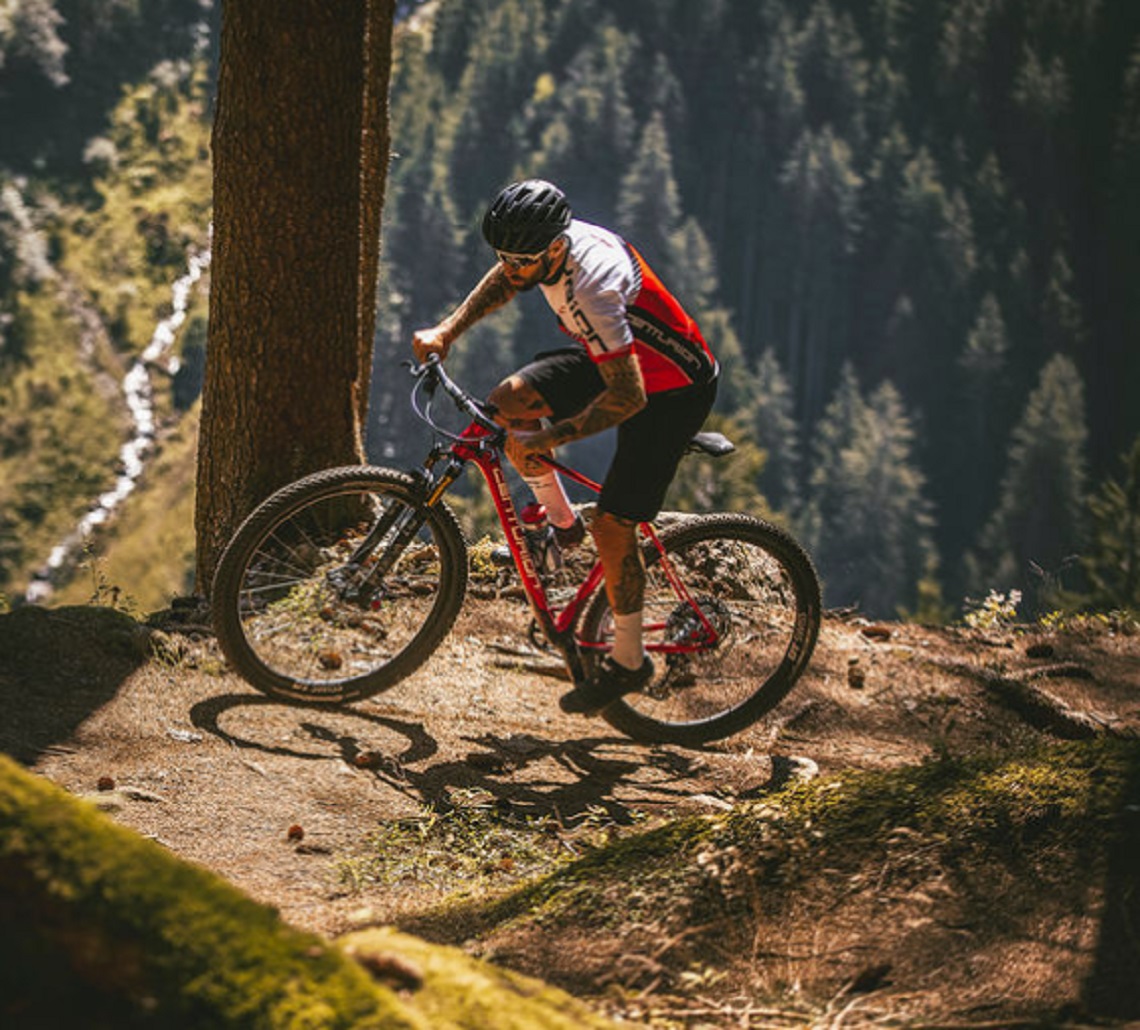
Drive train and brakes
When it comes to drive train parts, Shimano is the most popular name right from the start. Like Sram, Shimano is one of the largest and best-known bicycle component manufacturers in the world. Nevertheless, the product range of both manufacturers varies from entry-level model groups to shift and brake groups developed to the optimum.
Basically, the low entry rear derailleur, well-adjusted and maintained, just as fulfills its mission like the 300 Euro flagship. The difference is in the details. In addition to a lower weight, higher shift quality, these sets have better bearings and connections, which guarantee shifting precision under heavy duty. Quite apart from radio-controlled shifting systems, which transmit the shifting task without the influence of shift cables.
When it comes to brake systems, it's definitely worth going for the high-quality group sets. Depending on the price range, brakes on mountain bikes differ in the design of the brake calipers, the discs, and the levers. Brake discs are available from simple steel to high-tech composite designs, in which the steel brake flank is connected to an aluminum core. Heat dissipation is optimized and fading is prevented. This means that the braking force remains constant even under heavy use.
Brake calipers are available in two to four piston variants. These are the brake cylinders that press on the brake pad and then on the disc. The more pistons in the caliper, the higher the braking force, the disability, but at the same time the weight.
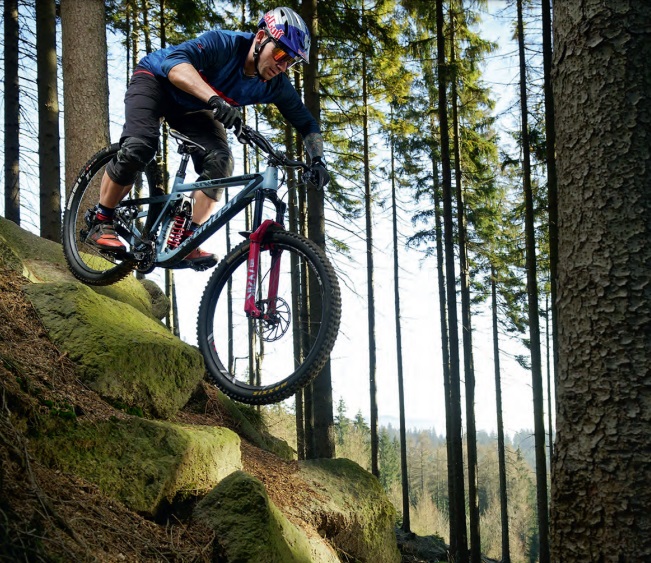
The suspension
From hardtail to enduro, the suspension and damping completes your mountain bike. The suspension offers comfort, safety, and safes you from being beaten up in the rock garden. There is a huge difference between air and steel spring units. Simply summarized: Air offers a more progressive and steel a linear suspension characteristic. You can read more about this in our blog: Mountain bike suspensions: Differences, set-up and maintenance.
The weight
Whether it's a mountain bike or a road bike, whether it's red, blue or green - it has to be light! But is the weight of a mountain bike really that crucial?
Clearly, if you want to win every hill climb, your bike should be as light as possible. Carbon hardtails come in well under 10 kilograms, depending on the price range. But so that your all-mountain or enduro bike doesn't completely blow up on the downhill, these bikes have sturdier wheels, more solid suspension forks and much more. This leads to weight ranges between 13 and 16 kilograms.
Regardless of whether XC or enduro bike, the weight is most noticeable in the wheels. 200 grams decide here already on acceleration and maneuverability. You want to upgrade your bike? Start with the wheels!
Due to the fact that we only have complete bikes on offer, there is no possibility to exchange the components. This means that the entire equipment is bound to the respective model and is supplied directly by the manufacturer.
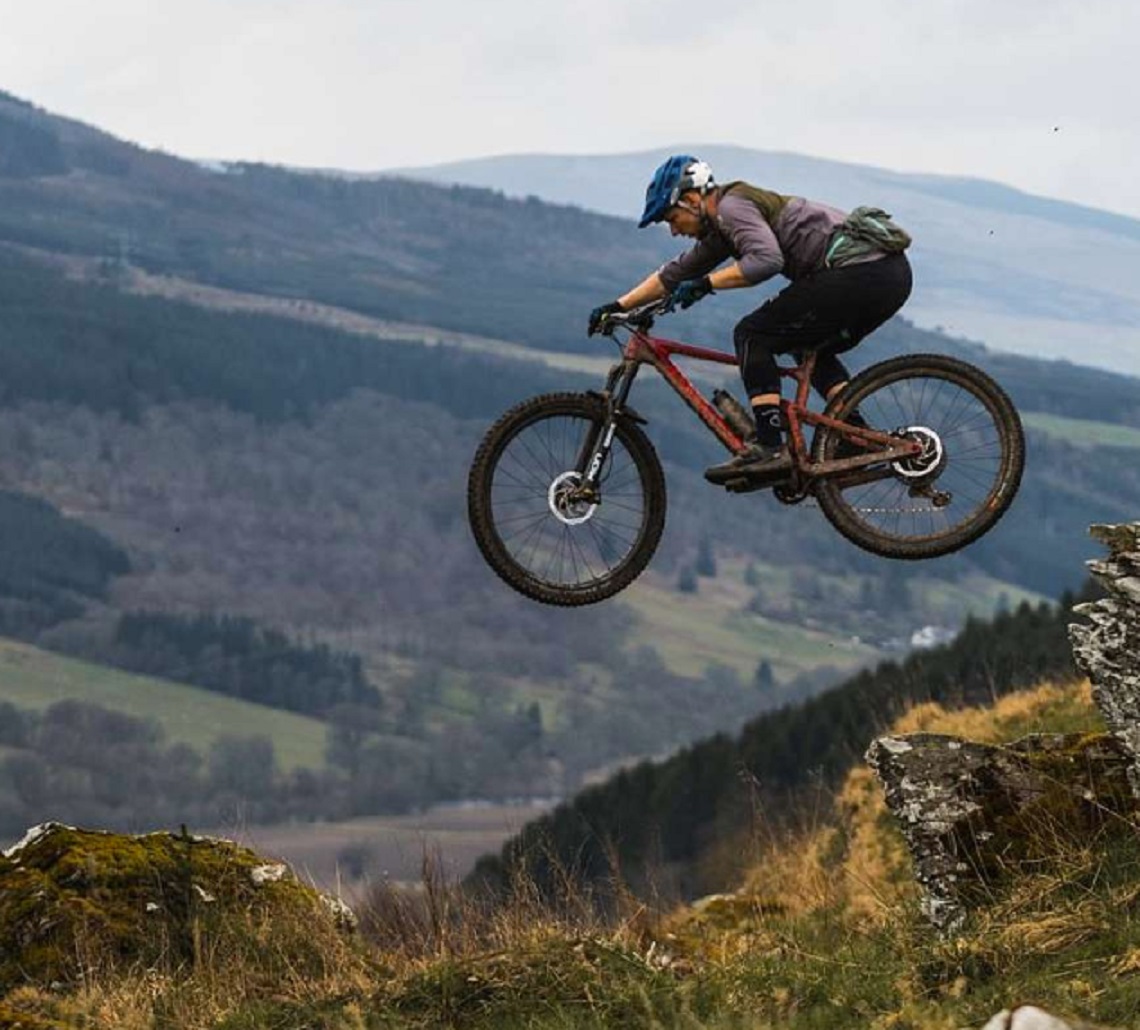
The big question for mountain bikes: carbon or aluminum?
We need to clear up a few common myths for a moment. Carbon is lighter and aluminum is stronger – if it were that simple. First of all, there is no right or wrong. Both Fabrics have advantages and disadvantages depending on the area of application and are used among in the frame, rim as well as the handlebar construction.
Aluminum have the same tensile strength in all directions, and can be formed and welded. But the area around the weld seams, remains a weak point In addition, alloys can be recycled. Depending on the manufacturer, aluminum components offer the cheaper alternative to carbon due to fully automated manufacturing processes.
Carbon fibers offer multiple tensile strength in the direction of the fiber compared to aluminum. Since, loading across the fiber is not possible, the carbon fibers are laid on top of each other as mats in a layering process. The quality of the carbon mats and the precision of the manufacturing process are ultimately decisive for the handling properties of carbon frames, handlebars, or rims.
Monocoque constructions mean that all the fiber mats are baked in a mold under high pressure in a single process. This gives the carbon frame its decisive strength. At present, the entire manufacturing process for carbon components is still a lot more expensive than production using aluminum, which is reflected in the selling prices of the bikes.
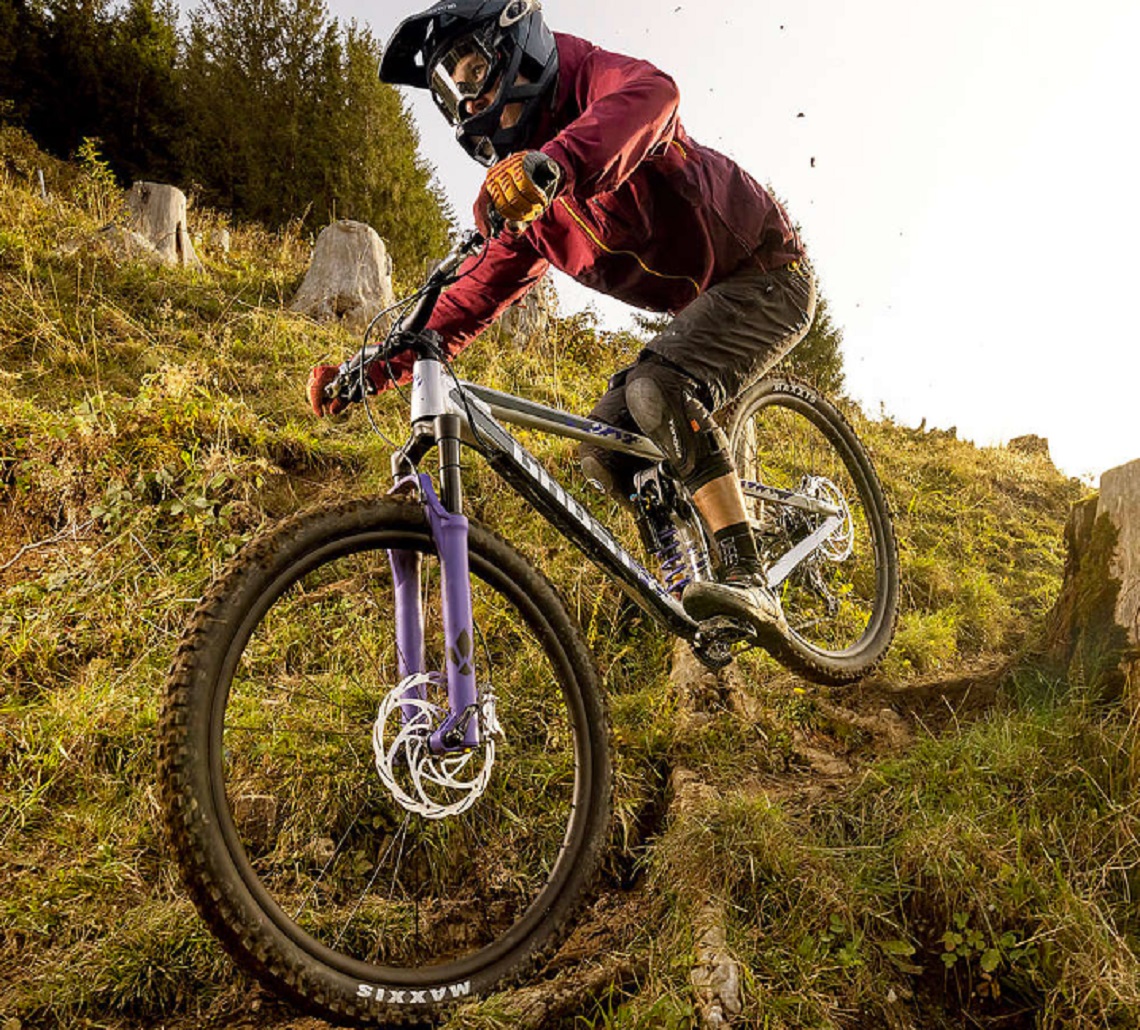
How do the materials affect the riding characteristics?
If we exclude all variables and assemble a carbon and an aluminum frame with the same components, the direct propulsion and agility are noticeable when switching from an aluminum to a carbon frame. The same applies to all-mountain, enduro bikes or just wheels.
If you're comfortable with the softer downhill feel or want to go easy on your wallet, the aluminum choice may be the right one. Carbon handlebars, on the other hand, offer advantages in the cockpit area in terms of vibration damping and thus comfort. In the wheel segment, carbon rims are extremely stiff compared to their aluminum counterparts, but have significant advantages in durability due to a reinforced rim flange.
Still haven't had enough?
A mountain bike purchase must be well-thought-out. You don't buy a new bike every year – right?
We have more blog articles about bikes that might be of interest to you:
GAP Pub Bike Ride – Garmisch-Partenkirchen’s Mountain Bike Community
With the mountain bike and Dynafit through Iceland
E-bikes and sustainability – Does it work?
Tips & Tricks: Winter Bike Guide
Take a look and have fun!
